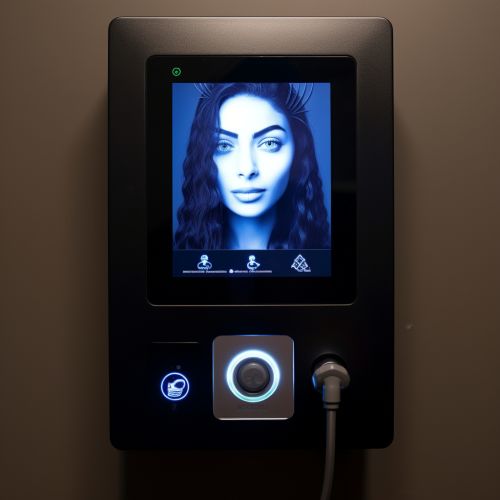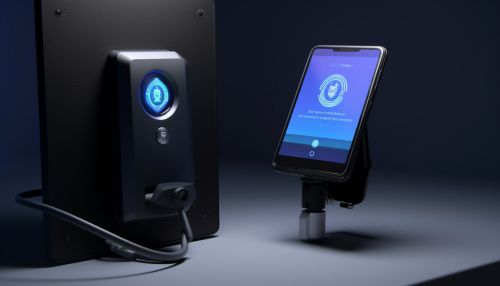Multimodal Biometrics
Introduction
Multimodal biometrics refers to the use of multiple, distinct biometric modalities for identification and verification purposes. These systems can integrate face, fingerprint, iris, voice, and other biometric data to provide a more accurate, reliable, and robust approach to biometric identification.


Background
The concept of multimodal biometrics emerged from the limitations of unimodal biometric systems, which rely on a single biometric trait. These systems can suffer from various issues such as noise in sensed data, intra-class variations, and susceptibility to spoofing. To overcome these limitations, multimodal biometric systems were developed, which combine two or more biometric modalities, providing a higher level of security and accuracy.
Types of Multimodal Biometrics
Multimodal biometric systems can be categorized based on the number of sensors, biometric traits, instances, or fusion levels used.
Multi-Sensor Systems
Multi-sensor systems use multiple sensors to capture the same biometric trait. This approach can help in capturing a more comprehensive representation of the biometric trait, thereby improving the system's performance.
Multi-Trait Systems
Multi-trait systems use different biometric traits, such as face and fingerprint, or iris and voice. This approach provides a higher level of security as it is difficult to spoof multiple biometric traits simultaneously.
Multi-Instance Systems
Multi-instance systems use multiple instances of the same biometric trait, such as fingerprints from different fingers. This approach can help in handling the issue of variability in the biometric data.
Multi-Fusion Systems
Multi-fusion systems involve the fusion of decisions or scores obtained from different biometric systems. This approach can help in improving the overall performance of the system.
Advantages of Multimodal Biometrics
Multimodal biometric systems offer several advantages over unimodal systems. These include:
Increased Accuracy
By using multiple biometric traits, multimodal systems can achieve higher accuracy levels. This is because the chances of two individuals having the same set of multiple biometric traits are extremely low.
Enhanced Security
Multimodal systems provide enhanced security as they are more difficult to spoof. Even if a hacker manages to spoof one biometric trait, it is unlikely they will be able to spoof all the traits used by the system.
Greater Flexibility
Multimodal systems offer greater flexibility as they can operate in different modes. For example, a system might use face and fingerprint recognition in a high-security mode, but only face recognition in a low-security mode.
Challenges in Multimodal Biometrics
Despite their advantages, multimodal biometric systems also face several challenges. These include:
Complexity
Multimodal systems are more complex than unimodal systems. They require sophisticated algorithms to integrate and interpret data from different biometric traits.
Cost
The cost of implementing a multimodal biometric system can be high. This is due to the need for multiple biometric sensors and the complex algorithms required to process and integrate the biometric data.
Privacy Concerns
Multimodal biometric systems collect and store more personal data than unimodal systems. This raises privacy concerns, as there is a risk of this data being misused or stolen.
Future Directions
The field of multimodal biometrics is expected to continue evolving in the future. Potential areas of research and development include the use of new biometric traits, the development of more efficient fusion techniques, and the integration of multimodal biometrics with other technologies such as artificial intelligence and blockchain.
